OVERVIEW
Despite the quality of their design and construction, these infrastructures are aging and require appropriate monitoring and maintenance to avoid ruin, human or economic disasters.
Sercel’s Structural Monitoring Solutions aim to monitor the deformations and movements of your engineering infrastructure and to guarantee their integrity. Our Solutions allow owners and operators to better execute maintenance programs, maximizing operational uptime and potentially extending the Remaining Useful Life (RUL).
WHY SERCEL
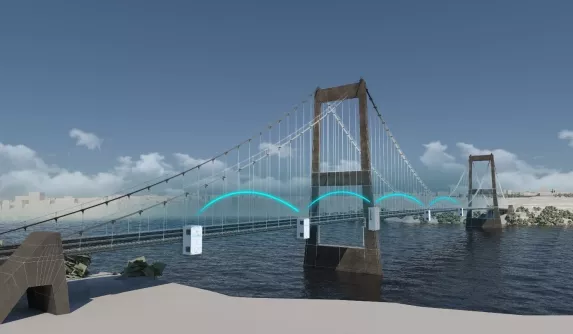
Focused on innovation and high-end service, Sercel proposes several disruptive SHM solutions: S-lynks, S-morpho and Digital Twin
The reliable data, supported by the precise and global static and modal representation of the structure, is based on easily deployable and robust industrial sensors offering unparalleled accuracy and a complete, real-time Digital Twin Technology for measuring structural fatigue, Remaining Useful Life (RUL) and damage.
Sercel enables its customers to :
- Guarantee the continuity and operational efficiency of the structures
- Reduce the costs of operations and maintenance of critical structures while controlling risks
- Validate the life extension and safety of aging structures or those at the end of their operational life
RELATED MARKETS
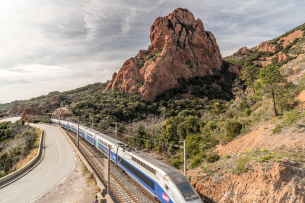
Geotechnical monitoring
Offshore structural monitoring


